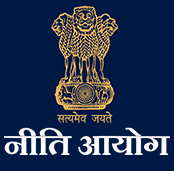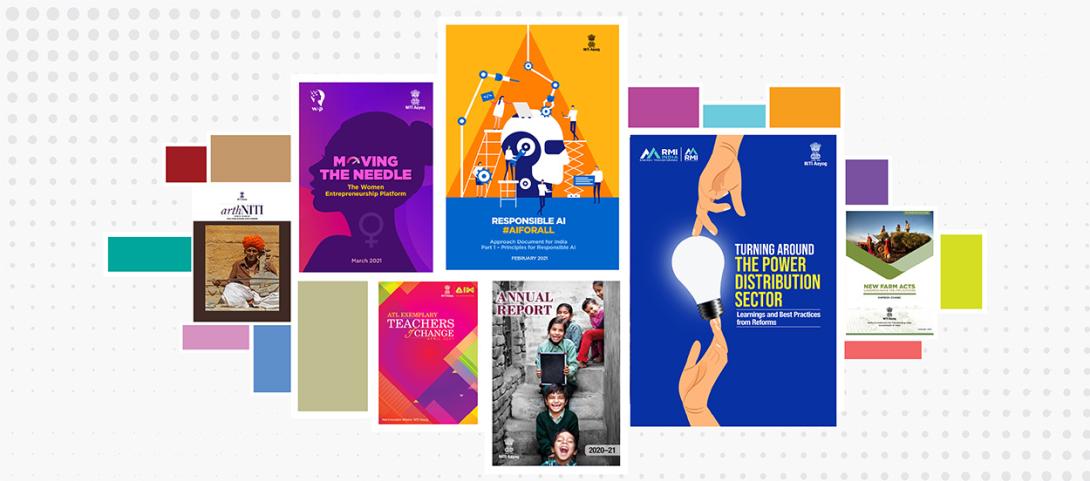Managing Coronavirus: Learning from Global Best Practices
10 Things to Make us Win the War
The rapid spread of Covid-19 across the world has caught countries off guard with 57 people per one million population succumbing to the virus. The first wave that is sweeping across the world is yet to subside and there are already grave and concerning reports of the emergence of a second wave in Beijing. The path ahead is not free of obstacles and we have multi-fold challenges to overcome as we continue our battle. This is, however, an opportune moment to identify the best practices behind the success of some countries as well as states within India. We must strive to emulate these best practices in a bid to bolster our efforts against Covid-19.
First, testing has to be extensive since it is the most powerful tool to defeat Covid-19. Global and Indian success stories have strategies grounded in a robust testing mechanism. New Zealand ramped up its diagnostic testing and was able to eliminate the virus. The population of India is 274 times that of New Zealand and while it is obvious that every single individual cannot be tested, the same cannot be used as an excuse to justify low levels of testing in major cities. The success of Kerala and Karnataka can be attributed to their willingness and resolve to test more. In Kerala, walk-in sample kiosks were set up while in Bengaluru, every time a person tested positive in an area, random testing was undertaken in the entire area. Even in the absence of testing, Brihanmumbai Municipal Corporation in Dharavi, Mumbai, took oximeter readings of people to measure oxygen saturation while Bengaluru carried out a massive door-to-door thermal screening exercise.
Second, contact tracing has to be rigorous. The example of South Korea shows that a robust contact-tracing strategy is a must. In New Zealand, an innovative model encourages people to scan QR codes placed at different locations to create a repository of their movement. In India, states that have carried out thorough contact tracing have performed much better. For every confirmed case in Bengaluru, 47 contacts were traced as opposed to just two in Delhi. Kerala was able to trace 100% of the cases through a combination of GIS mapping, mobile tracing and voluntary information sharing.
Third, treatment has to be effective and timely to ensure a high recovery rate. This can be achieved through timely reporting of symptoms, early identification and admission of high-risk individuals, adequate availability of ventilators and the identification of large facilities for setting up makeshift hospitals. The coaches of trains that were converted into isolation facilities by Indian Railways are examples of innovation. Given that there is no one uniform medical intervention that works, there is a need to develop a common platform where doctors can share the interventions that worked for patients displaying a particular set of symptoms.
Fourth, institutional quarantine. The virus has to be tackled at the source and countries that were able to proactively impose a quarantine on incoming passengers at airports are better off today. This is one of the reasons why Vietnam, which shares a 1,450 km border with China has reported zero Covid-19 related deaths. In India, Dharavi is a remarkable example of how a settlement of a million people living in an area of 2.5 km turned into a success story. Besides other factors, the ability to convert schools, clubs and complexes into institutional quarantine centres with adequate facilities provided significant results.
Fifth, containment has to be stringent. Lockdowns cannot be a permanent solution and this is where stringent containment comes into the picture. Such containment can be achieved by identifying hotspots and undertaking aggressive containment measures to ensure that the spread of the infection does not spill outwards. Hyper-localization is essential to ensure affected clusters stay sealed off while the remaining areas remain functional with the ultimate aim of ensuring that both lives and livelihoods stay protected. A key reason for the success of New Zealand has been their rigid lockdown.
Sixth, maximize the use of data analytics and bring data transparency. Data reporting has to be standardized and real time to ensure that meaningful insights can be drawn quickly to help guide strategies. This is particularly important in a large federal nation such as India that has more than 700 districts. Effective data analytics keep you ahead of the virus. Even more critical is to constantly put out real-time data in public domain so that citizen and communities can be mobilized.
Seventh, leverage technology. Manual interventions have to be supplemented by cutting-edge technologies that should form the backbone of efforts. A striking example of this is India’s Aarogya Setu app, which has been able to identify at least 3,500 hotspots across the country. As early as 13 April, 140 districts were identified as hotspots through the app, which were later declared as hotspots by the Ministry of Health. The precision achieved by the app, which has over 130 million registrations, holds the key to breaking the chain of infection. In Bengaluru, quarantine compliance is maintained through clicking and uploading of selfies, and heat maps are being used to track the spread of the virus. In Kerala, a dedicated app keeps track of assets such as ambulances, police vehicles and supply trucks. These states have witnessed a marked difference in the spread of the virus as a result of their efforts.
Eighth, enforcement plays a major role in ensuring that rules that have been instituted to curb the spread of the virus are observed strictly. The strategy of the District Administration in Bhilwara, Rajasthan, which has since been known as the “Bhilwara Model”, involved ruthless containment, imposition of a curfew, and limited mobility. This worked well for a district that was one of the worst affected in the first phase of the outbreak.
Ninth, online trainings and protocols help impart training to frontline workers. This ensures that they are aware of the necessary protocols, emerging trends and relevant best practices in areas such as field surveillance, sample collection, clinical management and quarantine facility management. South Korea undertook the training of a vast number of volunteers and frontline workers through videos and training programs.
Lastly, public adherence and community participation is a must since efforts of the government are futile unless observed by citizens. It must be understood that simple measures such as social distancing and wearing of masks can significantly reduce the rate at which the infection spreads. We have to adjust to a new normal wherein social distancing becomes the new norm and wearing of masks, the new fashion. In all this, community participation is critical.
The examples of Kerala and Karnataka in India, and Korea, New Zealand, Taiwan and Vietnam show that the 3T strategy of testing, tracing and treatment is the most successful. The 3T practices, coupled with technology and data analytics, institutional quarantine, training, hyper-localization, enforcement and public adherence hold the key to the success of any nation, state, district or village. We are entering a new world, a new era—strong, sustained and strategic efforts are required to ensure that we win the war against Covid-19.
*Former Amitabh Kant is CEO, NITI Aayog. Views expressed are personal.
* An edited version of this article was published in Economic Times
 National Portal Of India
National Portal Of India 







